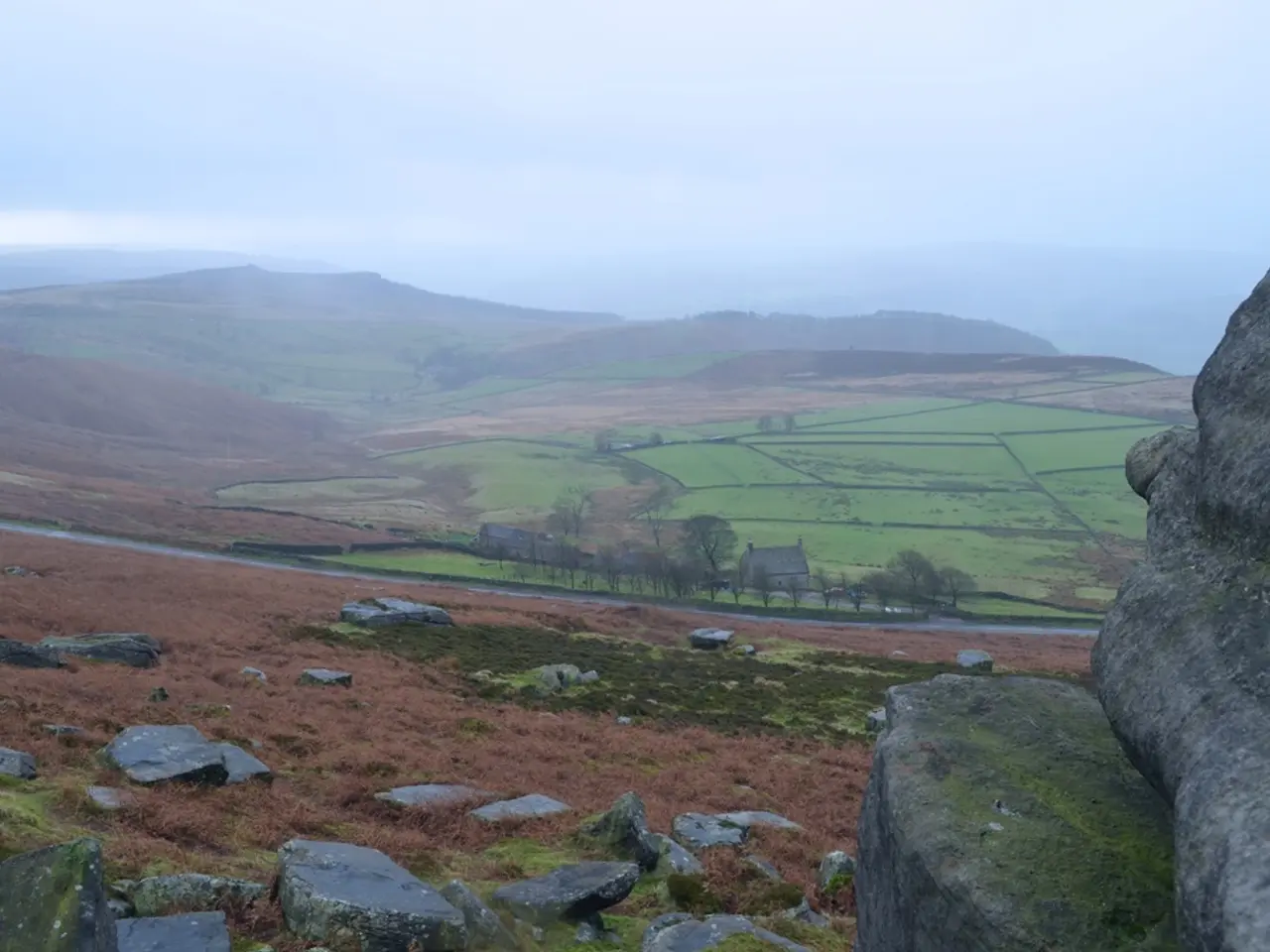Human activities have significantly impacted nearly 30% of Amazon ecosystems, leaving these areas as their 'preserved enclaves' or 'safe zones'
The Amazon Basin, one of the world's most diverse ecosystems, has shown greater connectivity within indigenous territories and protected areas compared to unprotected regions, according to a recent study. The research, which analysed data from 2016 to 2023, reveals that these protected zones make Amazonian ecosystems more resilient to threats such as climate change.
The study, which examined the connectivity of four types of Amazonian ecosystems, found that between 14% and 16% of the area of indigenous territories and protected areas are affected by human activities. In contrast, a staggering 38% of the unprotected area is impacted by such activities.
The spatial distribution of six anthropogenic activities was analysed in these ecosystems. These activities include deforestation, agriculture, mining, infrastructure development, logging, and fires. Between 23% and 28% of the area of these four ecosystems is affected by at least one category of anthropogenic activity.
Indigenous communities play a crucial role in preserving the connections between Amazonian ecosystems. The indigenous peoples of Brazil, represented by the Articulation of Indigenous Peoples of Brazil (APIB), and groups such as the Inga in Colombia, who maintain traditional knowledge and collective land stewardship, are at the forefront of this effort.
The authors of the study suggest strengthening governance by indigenous groups and promoting sustainable initiatives within indigenous territories and protected areas as an effective strategy for conserving ecosystem connectivity. This approach not only protects the Amazon's ecosystems but also safeguards its role as a carbon sink, biodiversity refuge, and source of resources for millions of people.
However, the study also highlights the challenges faced by these protected areas. Human activities have compromised the Amazon's ability to serve these crucial functions. It is essential to continue supporting indigenous communities in their efforts to protect the Amazon and maintain its connectivity for future generations.








